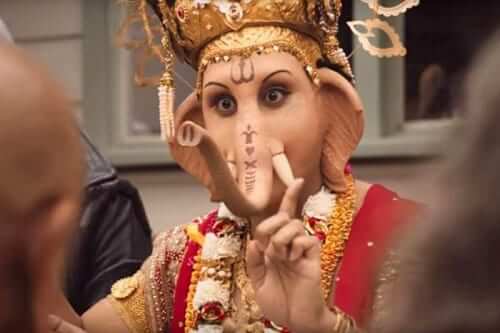
There seems to be a prevailing mood among Indian-Australians that any bias, perceived or otherwise, against India or things Indian, will be met with a sharp rebuke and in certain cases, a call to action. This trend, which seems to have emerged over the recent past, has emboldened the community to take a more decisive stand on various issues. What, however, needs to be sifted through, is to be clear about which battles need to be fought, rather than to take affront on each and every issue.
This year alone, we’ve had a few instances which had the community up in arms. One was a Bollywood event at which the organiser included in his guest list an unhealthy mix of entertainers who had, in public, incited violence and terrorism against India over the unrest in Kashmir. Media pressure from India and strong opposition from the local Indian Australian community forced the organiser to call off the event with but a few days’ notice.

The second and perhaps more extreme issue was the blatant disregard by the government-funded SBS on the sensitive issue of the geographical map of India. Its depiction of the entire state of Jammu and Kashmir as disputed territory did not go down well with the Indian community. What was surprising was that in spite of representations from the community, the Indian diplomatic corps in Canberra and even a letter of protest from Labor Member of Parliament Michelle Rowland, SBS dragged its heels over clearing up the issue. It was, seemingly, with much reluctance, that it finally corrected the online version of the map. As one writer to Indian Link pointed out, “It is funny that SBS doesn’t show Tibet as being disputed or occupied.”
This was not the only time SBS got it wrong where the Indian community was concerned. Its earlier reports about PV Sindhu and AAP both turned out to be inaccurate and resulted in SBS having to apologise.
A juggernaut like SBS with an annual budget of over $280 million needs to be more aware of its responsibilities towards the multicultural communities it claims to serve, and a more robust internal compliance system.
Also on a regular basis, complaints come up about the inappropriate use of our gods and goddesses in commercials. Hinduism’s most-loved god Ganesha seems to be a favourite of advertising companies.

In his most recent appearance – in a Meat & Livestock Australia’s video ad – Ganesha sits at a communal meal in which lamb is served. The idea had the local Hindu community up in arms, issuing a call to the Australia Advertising Standards Bureau to ban the offending film.
Earlier this year, the company Raven Fightwear was urged to withdraw its rashvest which displayed images of a “Battle of the Gods – Hanoman v Ganesha.” Flow Yoga Wear were also forced to withdraw from sale their leggings depicting Lord Ganesha’s form.
While these issues are important and a balance needs to be kept between sensibilities and shock value, perhaps we also need to see similar passion on other issues which affect the community more directly. The community moral muscle needs to be flexed against domestic violence, seniors’ financial abuse and other social justice issues. By being strong internally as a community, we can harness our strengths to effect citizen action against those who cause affront to us as a whole.
Citizen action or vigilantism?
Unite against misrepresentation or insensitive portrayals in the media but pick your battles

Reading Time: 3 minutes


